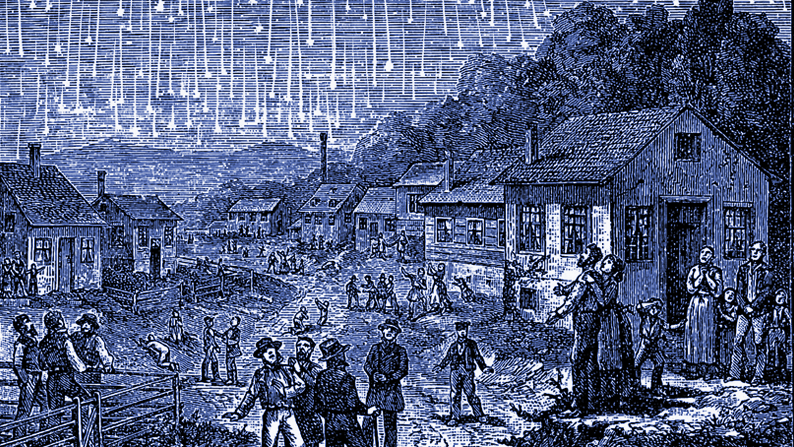
Social Barriers
For one hundred years after the Civil War, laws written in the South were for either whites or blacks. Anyone not identified as "pure white" was governed under civil regulations that applied to blacks. American Indians living in the South became a group of people who officially did not exist. As a result, a social and economic wall —or invisible barrier - was built around the MOWA Choctaw Indian community. This wall limited where they could live, where they could work, whom they could marry, and what they could become.
“Unusual racial problems necessitates a triplicate system of schools in Washington County.”
- R. Clay Bailey.
“The Strange Case of the Cajuns”
Alabama School Journal, April 1934
Did You Know?
The MOWA Choctaw people were misidentifed as “Cajan” for many decades.
As the story goes, in the 1880s, a local state senator, L.W. McRae recognized that the Indian community was distinct from their white and black neighbors and set out to distinguish them easily. Not recognizing that they were Indigenous people, he settled on calling them “Cajan” assuming they were somehow related to the Lousiana “Cajuns” of Acadian decent. Although the MOWA Choctaw vehemently disputed this misconception, the term stuck.
They mythologizing of south Alabama’s Cajan’s was further secured in the 1920’s when University of Alabama professor Carl Carmer traveled around the area collecting stories for his book Stars Fell on Alabama. He published several responses from white residents living in Citronelle discussing the origin of the so-called ‘Cajans.’
“Them Cajans sprung up right out/n the ground. Some say they come from animals - coons and fozes and such-like - but that ain’t right. Just sprung up out’n the ground.” “There’s a kind of legend, you know, that the Cajans don’t live anywhere - they just come to town out of no place.”
Following Carmer’s publication, a flood of articles and papers were published about the community, not only referring to them as ‘Cajans’ but a tri-racial isolate group to be studied by anthropologists. This was even captured in a 1948 Smithsonian Institution report description of the ‘Cajun’ Indians of southwest Alabama.
While such an erroneous descroption of the communiti’s identity has endured through the yearas, tribal leaders have been consistent in their message: “Today, I am Choctaw. my mother was Choctaw. My Grand-father was Choctaw. Tomorrow, I will still be Choctaw.” - Leon Taylor (1991)
“..the state takes no special interest in these Indians…I do not know that I have any suggestions to make as to these remote groups of people. Without special legislation I do not see that there is anything we can do for them.”
- Samuel H Thompson, Supervisor of Indian Education (1934)
Great Depression (1930s)
Just as in the rest of the country, the economic dorntum had a severe impact on the MOWA Choctaws community, Tribal elders refer to these years as the "starting time" whew work became harder to find. The lumber industry, began lo slow down as large areas of forest were already cut over.
Indian Children Denied Admission to White Schools (1930)
Within a racially segregated system, the ancestors of the MOWA Choctaw people found themselves in a difficult position, while neither white nor African American schools serving their needs. Some challenged this exclusionary system in court (Taylor v. Washington County Board of Education. et al). attempting lo gain admittance for their children in white schools. They were denied
Federal Aid Sought for Alabama Choctaw Schools (1934)
Mrs. Elvin Byrd, missionary to the tribe who married into the community, requested federal Indian services for community.
Rillamae Smith &
Thomas Edward Weaver
Timeline
click each box to learn more about the Choctaw time period
Land & Timber
Industry
1880’s
Social Barriers
1890’s - 1920’s





